Proof beats promise every time. We’ve said it before, and it’s why TA Targets doesn’t chase cheap fixes or market fluff. The MOD 1 bullet trap is the distillation of that approach: purpose built, over engineered where it counts, and designed to behave predictably under real world abuse. This standalone piece builds on our earlier discussion of bullet traps and goes deeper, mixing story, testing notes, and the technical details range operators and serious shooters need to know.
If you want a compact takeaway first: the MOD 1 was designed to protect facilities and people while delivering long life and predictable maintenance intervals, but only when used with the right ammunition, proper distances, and adequate ventilation. Read on for the why and the how.
The spirit behind the steel
There was a time when products meant something. That’s the DNA behind every TA Targets design: PREMIUM AR550 Armor where it matters, engineered components, and a focus on longevity. The MOD 1 isn’t a novelty; it’s a response to the problems we kept seeing on ranges: cheap rubber, thin sidewalls (many made of mild steel!), insufficient venting, and traps that passed fragments out the back or sides after only a few range sessions.
We designed the MOD 1 for professionals who demand predictable performance. Police departments, military units, high volume indoor ranges, and serious enthusiasts who want a portable solution that actually lasts will find their home with the MOD 1 Portable Bullet Trap.
What proof looks like: materials and construction
The MOD 1’s headline features aren’t marketing checkboxes. They solve real failure modes:
• Vulcanized 2 inch ballistic rubber - Dense, purpose manufactured rubber that offers a self sealing action on most full metal jacket (FMJ) rounds. Unlike cheap laminated or recycled rubber, this panel resists early delamination and fragmentation. The self-healing nature of this high quality rubber lengthens maintenance intervals and ensures proper fragmentation capturing shot after shot.
• Full AR550 construction for critical components - Frame, funnel, grab handles, and body are AR550. That’s not just robustness for its own sake: thin or weak side panels are how cheaper traps allow fragments to escape during normal use. We built the MOD 1 to capture fragmentation reliably. Further, we are using a PREMIUM AR550 material. We do not use the same "run of the mill" low grade, low performance AR550. Ours is purpose curated to exacting hardness levels, air cooled, and guaranteed to have the proper brinell hardness throughout the plate, not just on the surface.
• Choice of strike plate (3/8 inch or 1/2 inch AR550) - If you primarily shoot pistols, the 3/8 plate is fine; ranges running heavy rifle work should opt for the 1/2 plate to extend service life under high energy impacts.
• 1 inch air gap between rubber and strike plate - If rubber sits flush against steel you accelerate back face fragmentation and rubber failure. The air gap lets fragments dissipate energy on the plate rather than shredding the back of the rubber.
• Adjustable lean, armored post, and robust casters - Portability that doesn’t sacrifice function. Lean angle matters: for heavy rifles you want forward tilt to reduce direct energy transfer and increase safe lifespan.
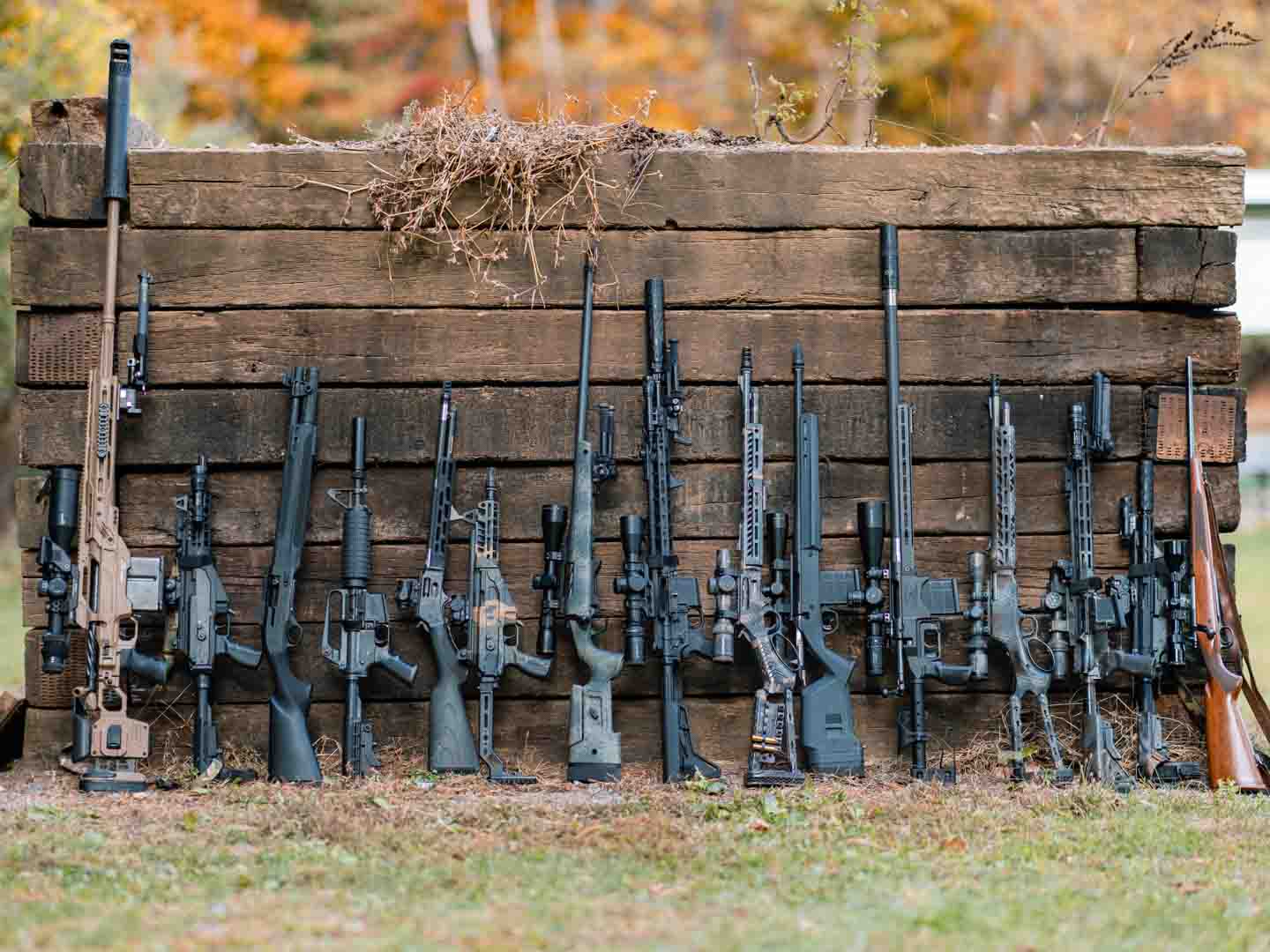
Who can shoot what, and where (practical distance guidelines)
Distance determines both safety and consumable life. These are the real world allowances we’ve tested and recommend when the MOD 1 is used properly and with required ventilation and containment systems.
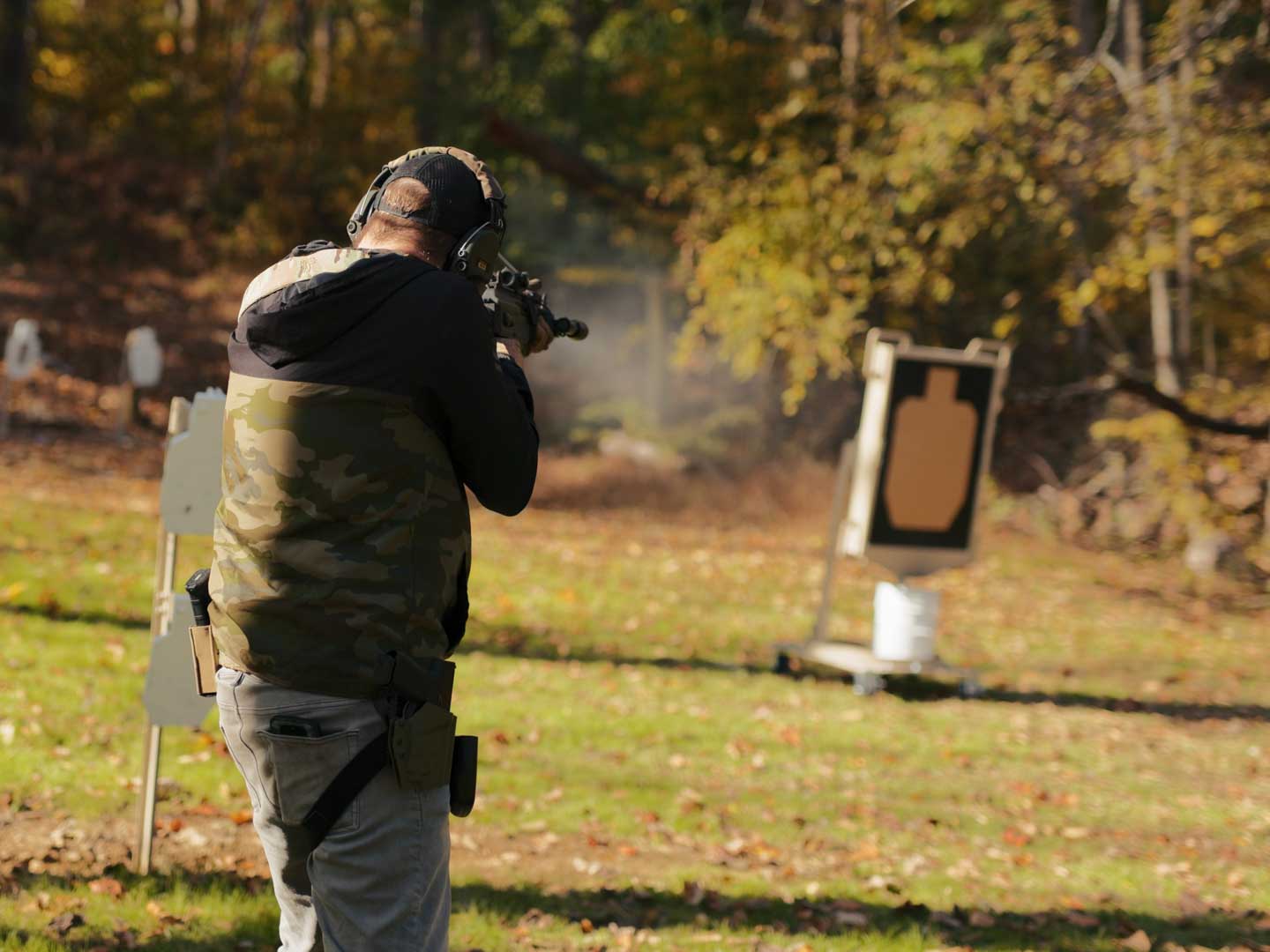
• Centerfire handguns (FMJ or frangible recommended): Rated for engagements at 7 yards for most duty pistols — .38 Special, .357, .380, 9mm, .40, 10mm, .45 ACP. Expect excellent rubber lifespan when using FMJ or frangible rounds.
• Pistol caliber carbines: Up to .357 magnum cartridges use the same distance guidance as handguns. For larger pistol magnums such as .44 Mag, increase distance to 15–25 yards depending on cartridge energy.
• Light and fighting rifles (5.56, .300 Blackout, 7.62x39, 6.5 Grendel, etc.): 15 yards minimum for professional applications when the rubber is in good condition and FMJ or non expanding ammo is used.
• Short action rifles (e.g., .308 Win, 6.5 Creedmoor): 20 yards minimum — these rounds are harder on the rubber; greater distance increases rubber lifespan by lowering strike velocity. Bear in mind: Close range use with cartridges like these WILL shorten the lifespan of consumable components. For longer life, increase the distance to 50-100 yards.
• Long action magnums (300 PRC, 300 Win Mag, .270, etc.): For professional users, the MOD 1 can be used at 50 yards minimum if velocities are below 3,000 ft/s and you avoid soft point or expanding bullets. If a cartridge exceeds 3,000 ft/s, move back to 100 yards, and add 25 yards for every 100 ft/s beyond 3,000. Note: These distances are approved for professional applications, like Military units and Police. Standard Ranges should ALWAYS utilize a 100 yard distance for long action cartridges.
• Shotguns: Approved only for professional users with caveats. Birdshot: 7 yards, buckshot: 15 yards, slugs: 20+ yards, and only using lead or copper plated pellets (no tungsten or stainless steel that can penetrate). Shot spread and pellet fragmentation require strict secondary containment and full inspection of rubber before use. Slugs will QUICKLY degrade the rubber and exert massive energy on the strike plate. Use of slugs WILL shorten the lifespan of these components, but the MOD 1 will STILL outlast all other Portable Traps on the market.
Shot patterns, angles, and abuse testing
Two practical performance items we verified in testing:
- Engaging at harsh angles: Unlike many traps that require near perfect perpendicular impacts, the MOD 1’s AR550 body and rubber construction allow safe engagement at less than perpendicular angles. This is useful for shoot house stairwells and urban ops scenarios.
- Extreme abuse testing: We’ve demonstrated the MOD 1 against high energy rounds, including aggressive long action loads and even abnormal “abuse” situations. Expect higher wear on the rubber and, occasionally, cosmetic powder coat loss on the back of the strike plate from extreme close range rifle fire. That powder coat shedding is a surface effect; the AR550 strike plate itself remains structurally sound unless abused far beyond design parameters.
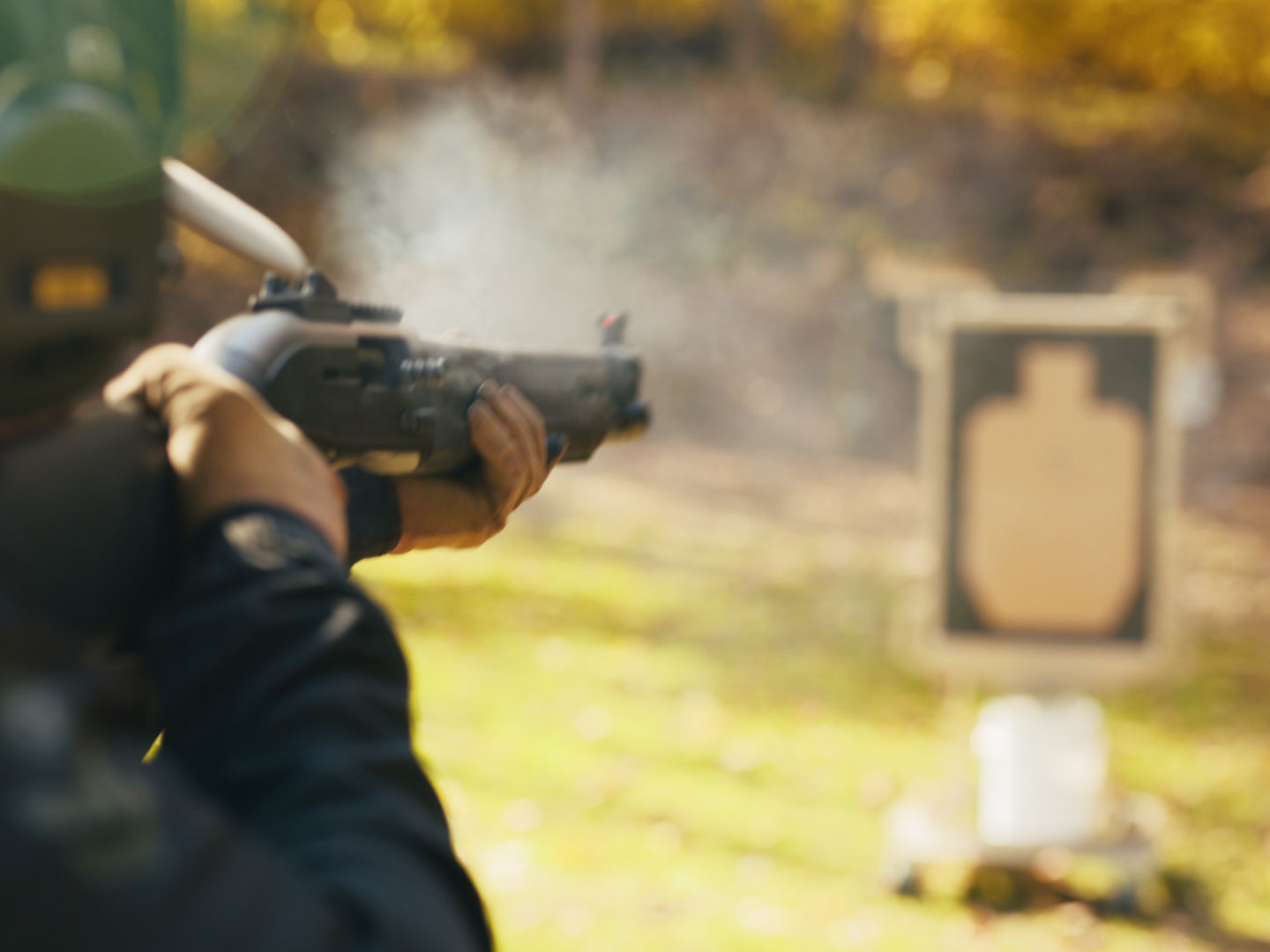
Maintenance, cleanout, and safety
No matter how well built the trap, lead and primer particulates require strict administrative and engineering controls. Here’s how to manage the MOD 1 safely and preserve longevity:
• Daily or regular funnel cleanout: The MOD 1 has a slide gate and funnel system. Pull the pin, open the gate, and drain bulk lead into a secure container. Expect residual lead to remain; use a proper HEPA rated lead vacuum for final cleaning.
• Personal protective equipment (PPE): Always use respirators rated for lead and particulate capture, gloves, and containment. Do not clean lead in an unventilated space or in a manner that allows dust to migrate.
• Ventilation is mandatory for indoor use: The MOD 1 vents air out the bottom and back by design. Do not seal the unit airtight or rely on a household fan. Proper HVAC design and filtration by specialists with range experience is required for indoor installations.
• Inspect seals and caulk: We use a specific elastomeric sealant at seams. If you notice lead or dust migration at seams, reseal with the approved material. Do not substitute common silicone caulk. It will NOT be up for the task of rigorous training and high volume ranges.
• Inspect the rubber and strike plate: Replace the rubber when you see cratering that exposes through holes. Replace the strike plate if you detect pivots, divots, cracks, or anything that could lead to a pass through. Strike plates are serviceable and replaceable; the MOD 1 is designed to be maintained, not discarded.
Lifecycle expectations
Consumable life varies by user profile and ammo choice.
• High volume professional clients often get 6–12 months of heavy use from a single rubber panel; hobbyists will see much longer life when using FMJ and following distance guidance.
• Strike plates typically outlast rubber under normal use by many multiples. In extreme, sustained heavy rifle use, a strike plate can become consumable and should be inspected during routine maintenance. Prior to EACH range day, inspect the rear of the strike plate. IF ANY signs of damage exist (Cracks, bulging, etc.), discontinue use and replace the strike plate immediately.
The MOD 1 Bullet Trap is EXTREMELY serviceable. It can be rotated and laid flat like a table for maintenance and servicing. Replacing the rubber and Strike Plate takes approximately 30-60 minutes with simple hand tools and proper PPE.
Ammunition choices matter: FMJ vs expanding bullets
If your goal is maximum lifespan from the rubber panel, FMJ or frangible rounds are the clear choice. Hollow points, soft points, and many flat nose designs remove more rubber as they expand in the medium. That’s normal, but it shortens service life.
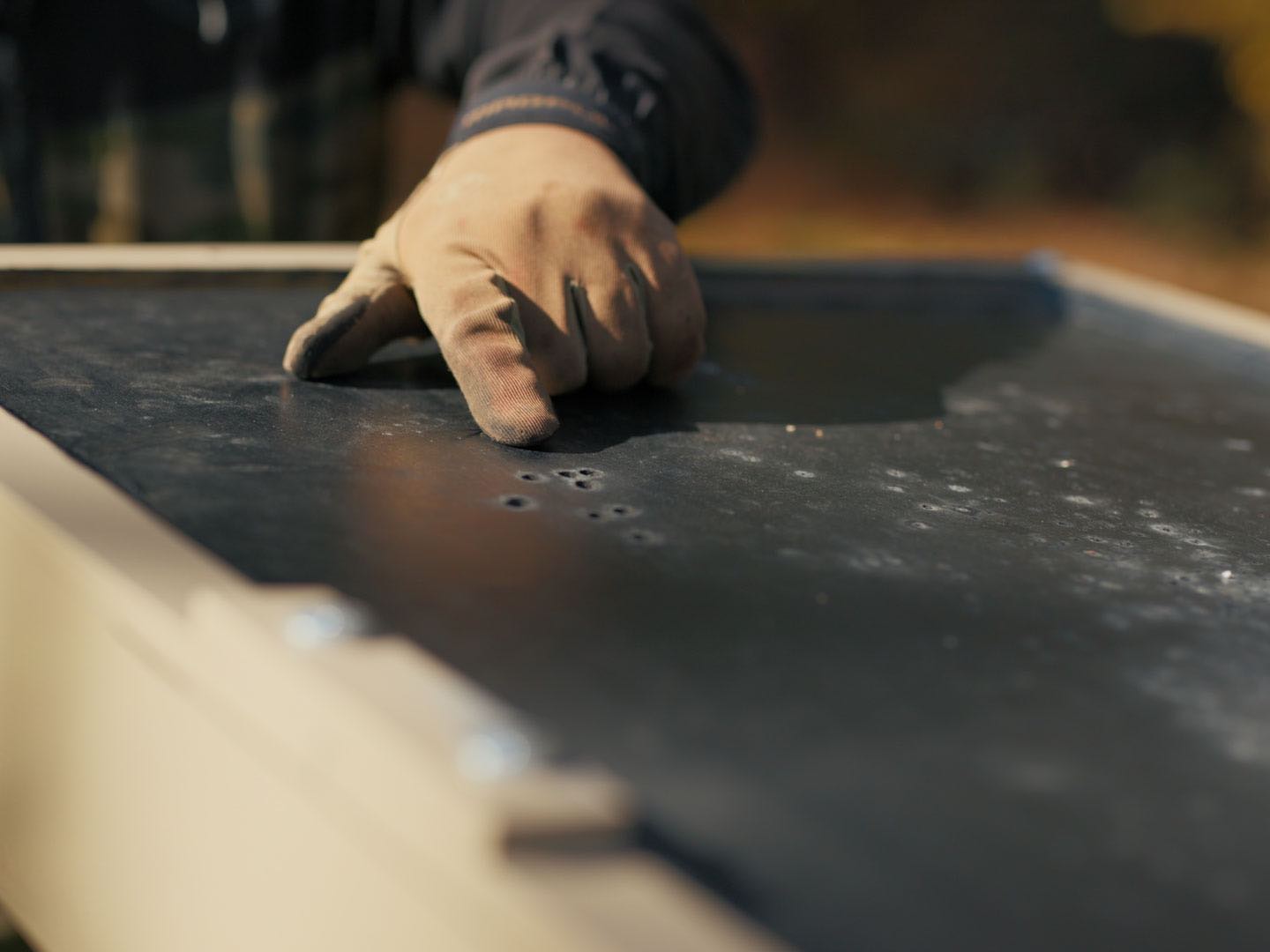
Above in the photo you can see just how large of a hole hollow point ammunition will put through the rubber.
Key points:
• FMJ means smaller entry holes and better rubber life.
• Hollow points and soft points make larger holes and faster wear on rubber but cause no damage to the strike plate itself when distances and settings are appropriate. It is for this reason we do NOT allow hollow point ammunition as a standard practice. While they are safe to use, and many departments train with duty ammo, it is important to understand that you WILL shorten the lifespan of the rubber in these use-cases.
• Frangible rounds reduce lead dust and are acceptable for many use cases.
Use cases where the MOD 1 is the right tool
• Indoor ranges needing portable, high quality traps to protect walls and reduce facility wear. The key benefit of the MOD 1 in these applications is two fold:
1.) Indoor range owners can protect their side walls from premature damage. Additionally, utilizing the MOD 1 traps indoors reduces the amount of rounds striking wear components of the traps built into the building.
2) Indoor ranges can increase the level of training by integrating the MOD 1, thus allowing more dynamic training environments that would NOT be possible without the use of the MOD 1 Portable Bullet Traps.
• Tactical training houses, shoot houses, and urban engagement simulators where flexible angles and forward lean options matter.
• Police and military units that need a moveable but rugged trap for CQB and entry training.
Additionally, the MOD 1 has been put to use in stadium / aerial engagement training. The ability to adjust the forward lean for ascending or descending engagements further expands the capabilities of the MOD 1 in these use-cases. No other Portable Shooting / Bullet Trap has the features of the MOD 1 and no other trap is as adaptable as the MOD 1.
invest in the RIGHT Portable Bullet Trap at the start.
We make products for people who value performance over the lowest price. The MOD 1 is not the cheapest trap you can buy; it’s the one that’s designed to prevent the headaches you’ll pay for later: escaped fragments, blown out rubber, expensive facility repairs, and safety liabilities.
If you want a trap that’s proven in the field, serviceable in the shop, and engineered to be maintained, this Portable Bullet Trap is built for that life. Read the user manual before your first use, plan ventilation and secondary containment into your range design, and choose ammunition with lifespan and safety in mind. When you design to those criteria, the MOD 1 becomes the last portable bullet trap you’ll ever need.

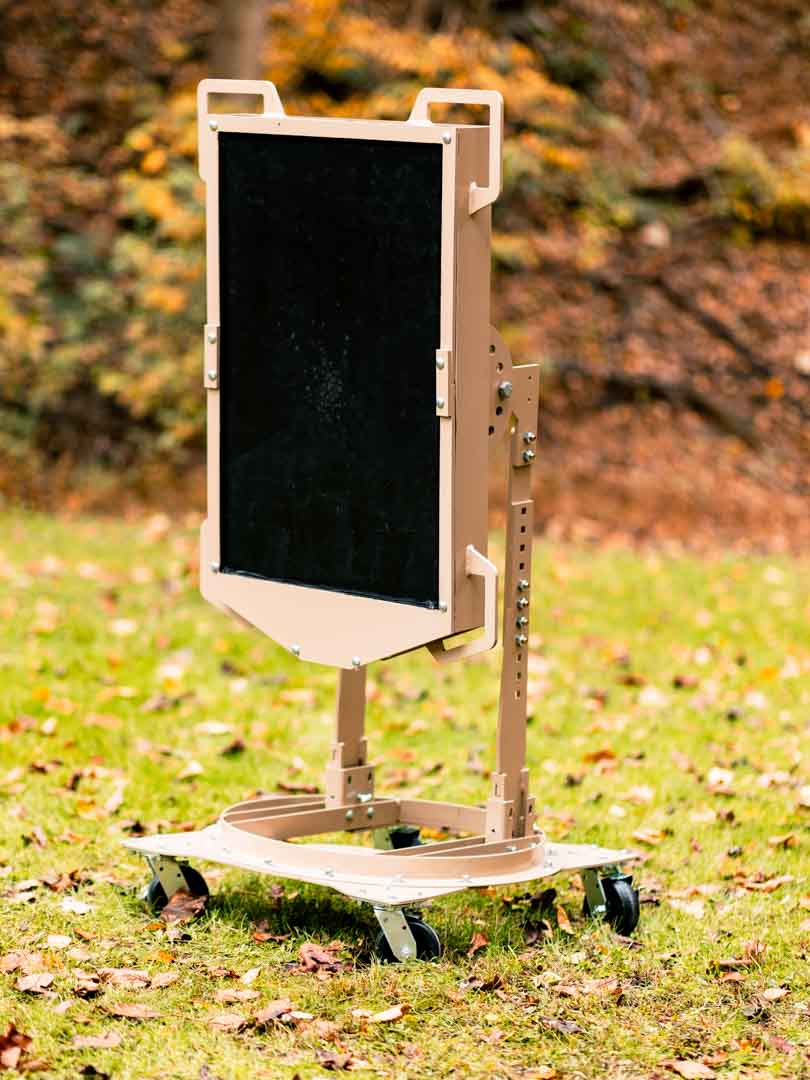
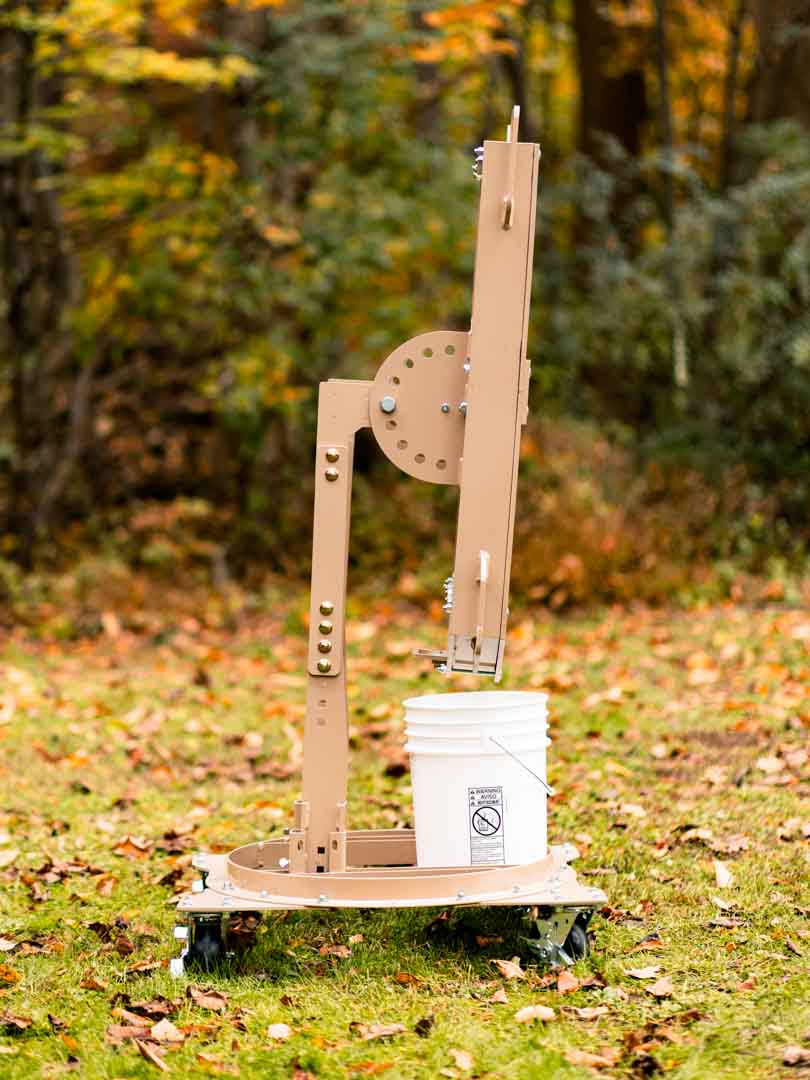
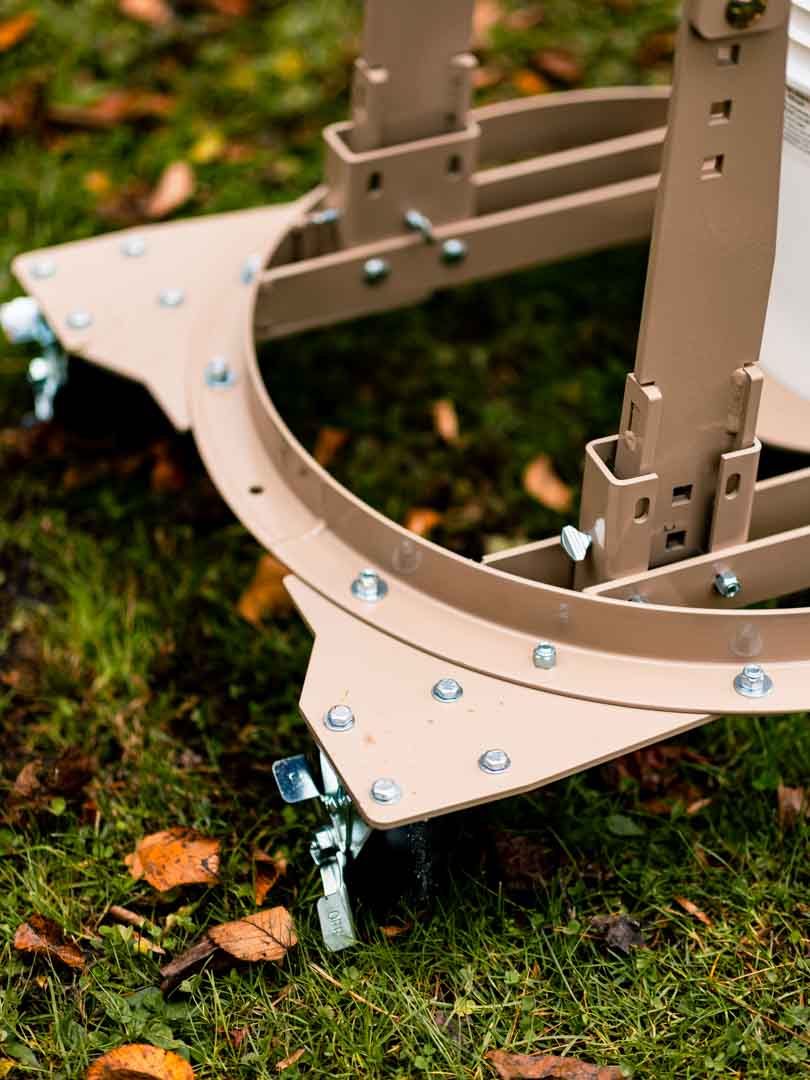


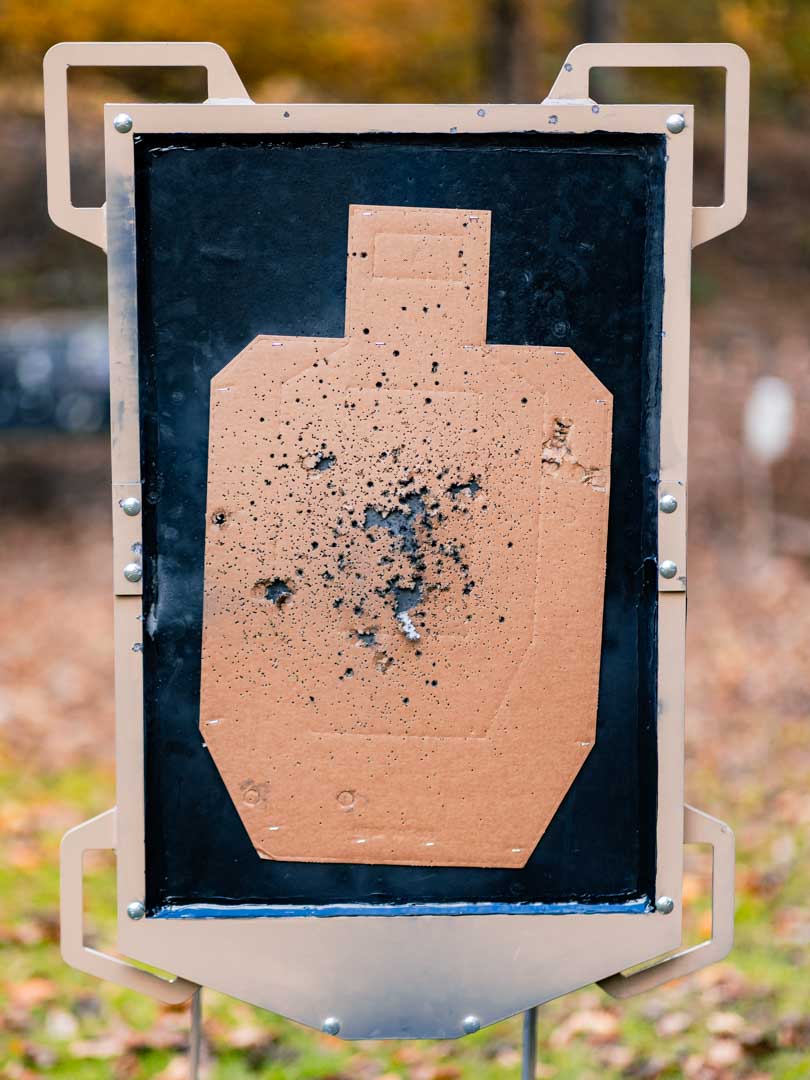

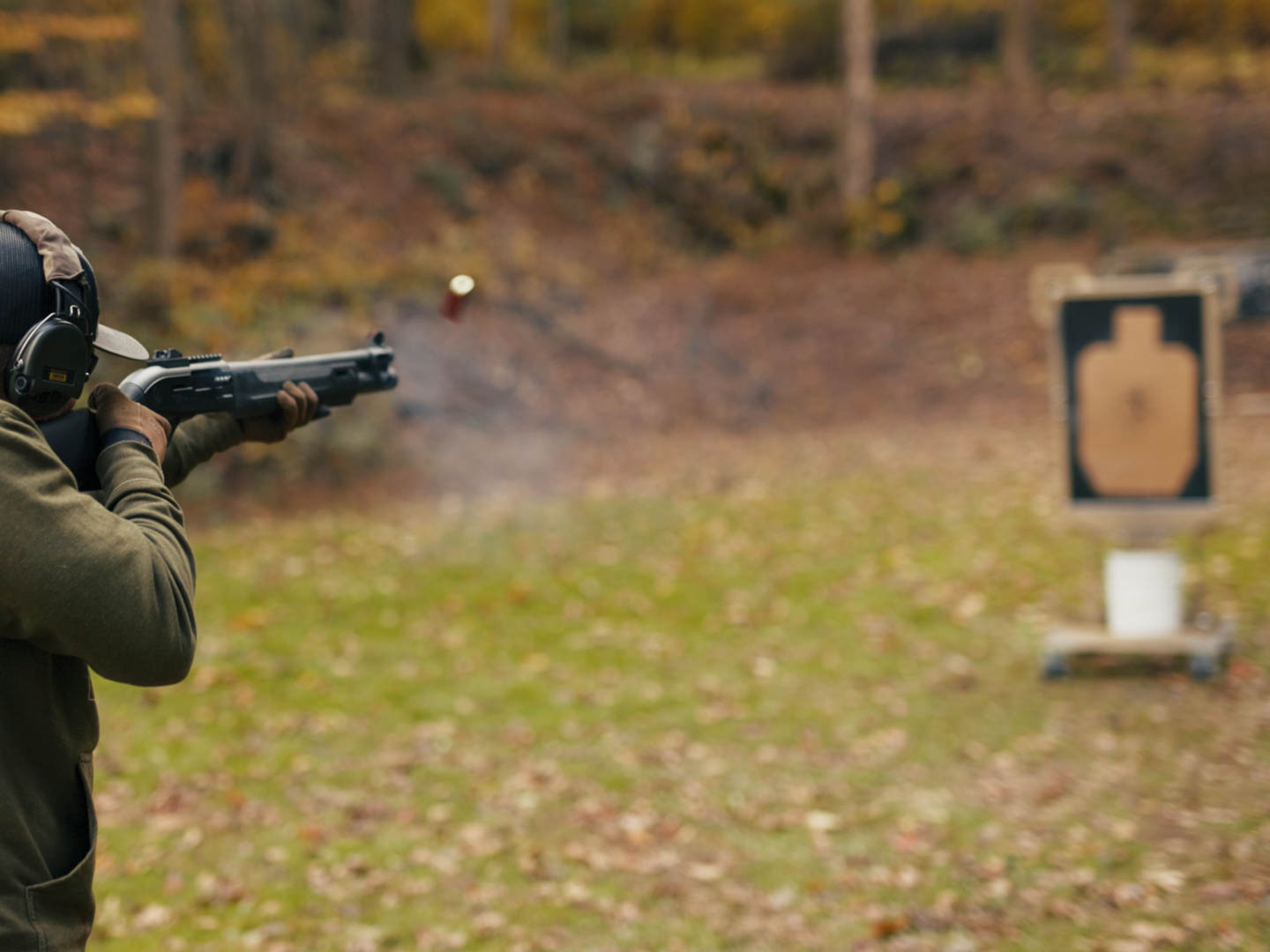


Indoor Ranges - Built for Proof | MOD 1 Portable Bullet Trap